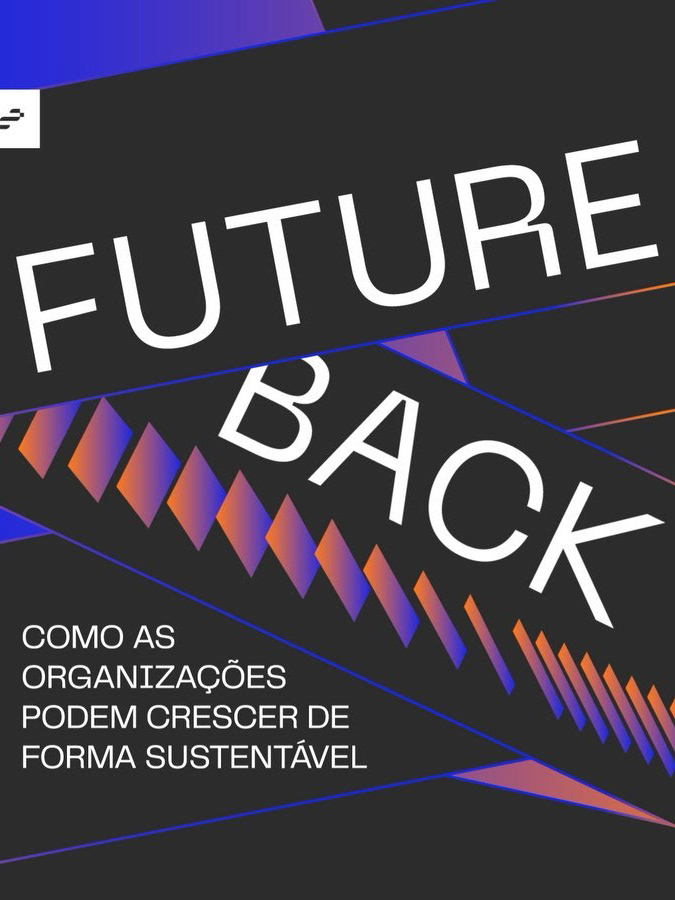I was a content editor at The Factory agency, specializing in branded content and storytelling, which also publishes the Projeto Draft. In this role, I worked on the accounts of Natura, ENEL, and Abbott Laboratories.
Sample article:
Natura's Reflora Project Boosts National Botany
Seven years after its official launch, the Reflora Project has countless success stories to share. Celebrated by Brazilian botanists as a game-changer, the initiative marks a turning point from a time when plant sample analysis required significant time and resources, to a new phase where such research can be conducted with a few clicks on a computer.
Initially, in 2010, the plan was to digitize 1 million images—a goal that has been far exceeded with over 3 million samples now recorded. This accomplishment was made possible through the work of 27 scholarship recipients sent abroad to repatriate these samples and 130 others who operated the photographic stations within Brazil. The number of partner herbaria has expanded from 3 to 70, including institutions both Brazilian and international.
Natura has been, and continues to be, a steadfast supporter of this initiative, helping to drive further positive outcomes for Brazilian botany.
The results demonstrate how this project, which has accelerated and democratized botanical research in Brazil, harnessed technology to innovate and make the country’s biodiversity more accessible to a broader audience.
Officially, the project began in December 2010, when the National Council for Scientific and Technological Development (CNPq) released its first funding. "Since it began informally, it actually dates back even further," says Rafaela Forzza, a researcher at the Rio de Janeiro Botanical Garden, the physical headquarters of the Reflora Project. "Historically, we botanists and taxonomists, who classify Brazilian plants, have always needed to visit European and American herbaria to view samples collected in the 18th and primarily the 19th centuries. The need to access these collections has been longstanding in our lives."
With technological advances, these collections began to be digitized. Initially, repatriated images arrived on paper—the original herbarium would photograph the samples, but they weren’t yet digital, so they had to be shipped to Brazil through traditional postal services.




